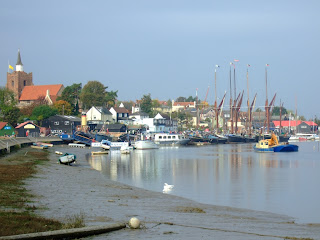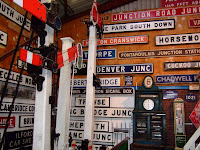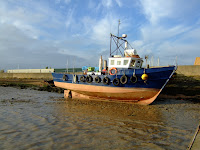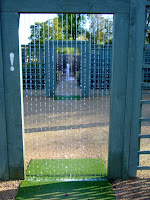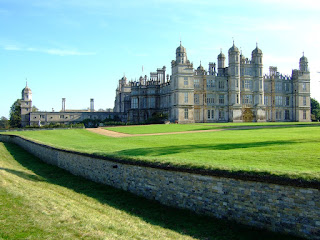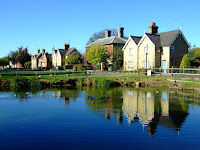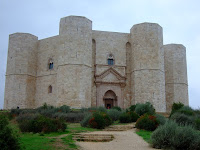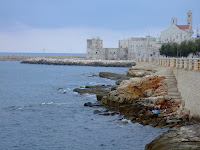
The leaves are beginning to turn, in what they promise will a fantastic autumn, so it was time to get out of London for a walk or two.

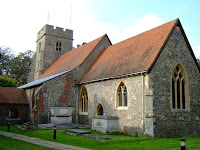

Saturday’s walk was from one of our favourite little villages close to London, Chalfont St Giles. The walk went from Milton’s house to Jordans, a planned Quaker settlement that never quite worked out the way that was hoped. Nevertheless it is a cute, quiet, rural village that looked a world away from the crime and violence of the big English cities.

Just outside the village is the Mayflower Barn, so named as it is supposedly built using timbers from the Pilgrim Fathers’ ship.
On Saturday night we thoroughly enjoyed a different sort of autumn when we attended The Four Seasons by Candlelight. Held at the Albert Hall, the Mozart Festival Orchestra, all dressed in period 18thC costumes and wigs, performed Vivaldi, Handel, Mozart, Albinoni and Hayden with stand-out solo performances by soprano Nicola Stonehouse; trumpeter Crispian Steel-Perkins; and violinist Daniel Rowland.


As we had splashed out on seats just three rows from the front, the view was fantastic and it really appeared that the performers were enjoying themselves as much as we were.

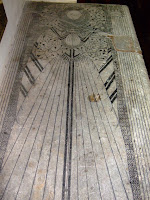
It was not at all hard to imagine that you were back in the 1700’s listening to the premiere performance of these pieces.
On Sunday we headed northeast from London to a rather pleasant dormitory suburb with some very nice and, clearly, very expensive houses. From Brookmans Park we walked west to North Mimms to have a look at a C14th church with its Beresford Tomb. This has a very unusual alabaster tomb cover with the picture

of a lady outlined in bitumen: it dates from 1584.
Walking east we eventually came to the Folly Tower built in 1754 as the entrance gate to a Pleasure Ground and then turned westward back to our starting point.

Also out enjoying the unseasonably warm autumn day was a grass snake, the first snake we have seen since 2002 when we came across 3 in a matter of months.

